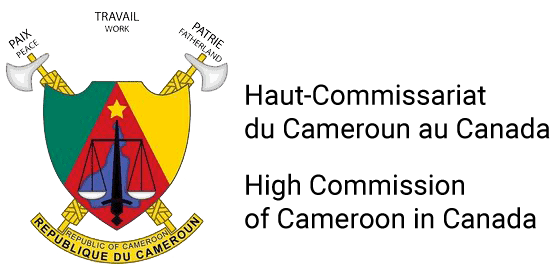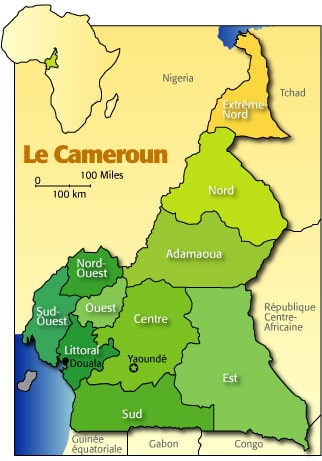The land
All Africa in one country
Cameroon is situated in Central Africa, at the juncture of the Gulf of Guinea. It is bound on the North by Chad, on the East by the Central Africa Republic, on the South by Congo, Gabon and Equatorial Guinea and on the West by Nigeria.
Cameroon has a vast geographical diversity characterized by forest, savanna and mountains, alongside a population of over 240 ethnic groups. Its diversity in terrain and culture has led to Cameroon being referred to as “Africa in miniature” or “All Africa in one country“.



